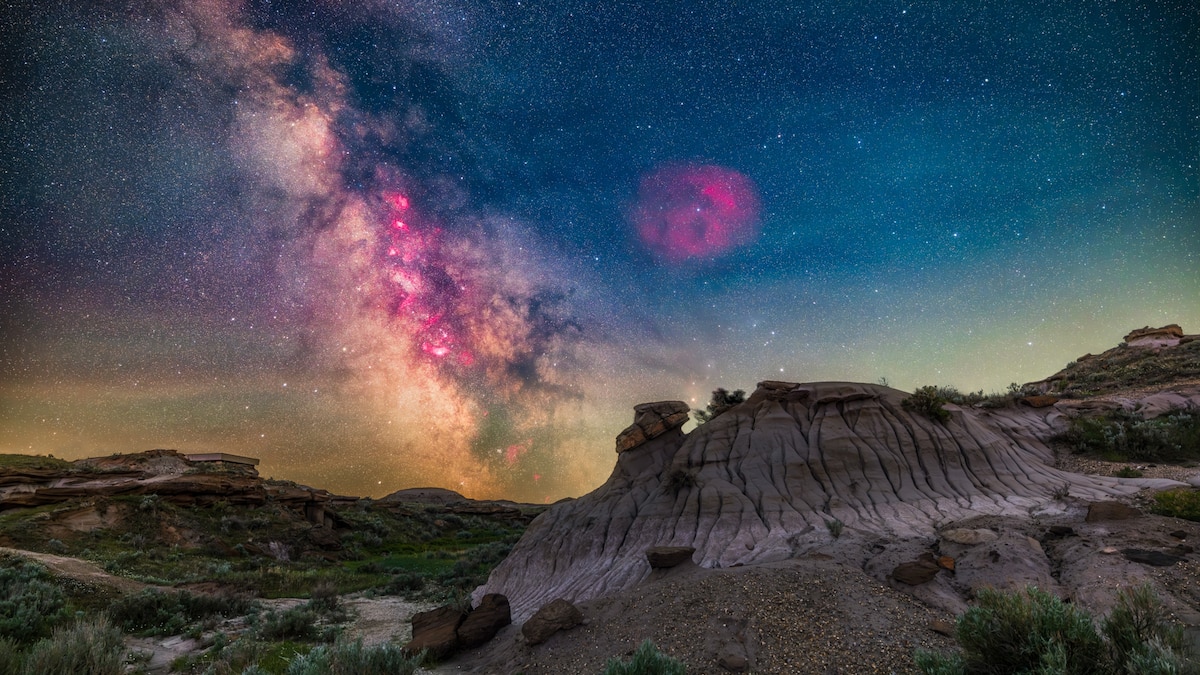Now Reading: June’s Night Sky: Witness the Strawberry Moon and More Celestial Events
-
01
June’s Night Sky: Witness the Strawberry Moon and More Celestial Events
June’s Night Sky: Witness the Strawberry Moon and More Celestial Events

Quick Summary
- June Night Sky Events: Includes Venus at greatest western elongation (June 1), Great Hercules cluster visibility (June 2), and Arietids meteor shower peak during daytime hours (June 7).
- Strawberry Moon: June’s full moon, named “Strawberry Moon,” will be visible; its name originates from Indigenous traditions linked to strawberry harvests.
- Mars & Regulus Meet (June 16): A close approach between Mars and Regulus star system is expected, along with peak viewing of teh Butterfly cluster.
- Lagoon Nebula Visibility (June 22): Best viewed around midnight, with binoculars or telescope aiding visibility under Northern Hemisphere skies.
- New moon Cycle for Stargazing (June 25): Ideal dark sky conditions for spotting dim celestial objects and astrophotography opportunities featuring the Milky Way’s galactic core.
- Bootid Meteor Shower Peak: On June 27, typically variable in activity but offers potential for stunning displays under low moonlight interference.
- Moon-Mars Close Encounter: Concludes the month on June 30, where both can be concurrently viewed within a close proximity.
Indian Opinion Analysis
India boasts numerous regions untouched by excessive light pollution-ideal havens for astronomers and stargazers. Upcoming celestial events like these could serve as inspiration to expand astro-tourism ventures in destinations like Ladakh, Spiti Valley, or jaipur’s Jantar Mantar. The confirmed visibility of phenomena such as meteor showers and clustered stars highlights India’s strong potential to merge cultural heritage with modern astronomy initiatives.
Boosting public interest through educational programs on astronomy rooted in ancient Indian traditions aligns well with broader scientific engagement ambitions. The focus on sharing accessible tools like telescopes or creating curated experiences can help connect communities nationwide with the cosmos above them-a venture that promotes inclusivity while nurturing curiosity.
For enthusiasts across India already equipped with observational tools at home or museums,this month’s diverse lineup also encourages exploration alongside global counterparts tracking planetary movements and clusters.


























